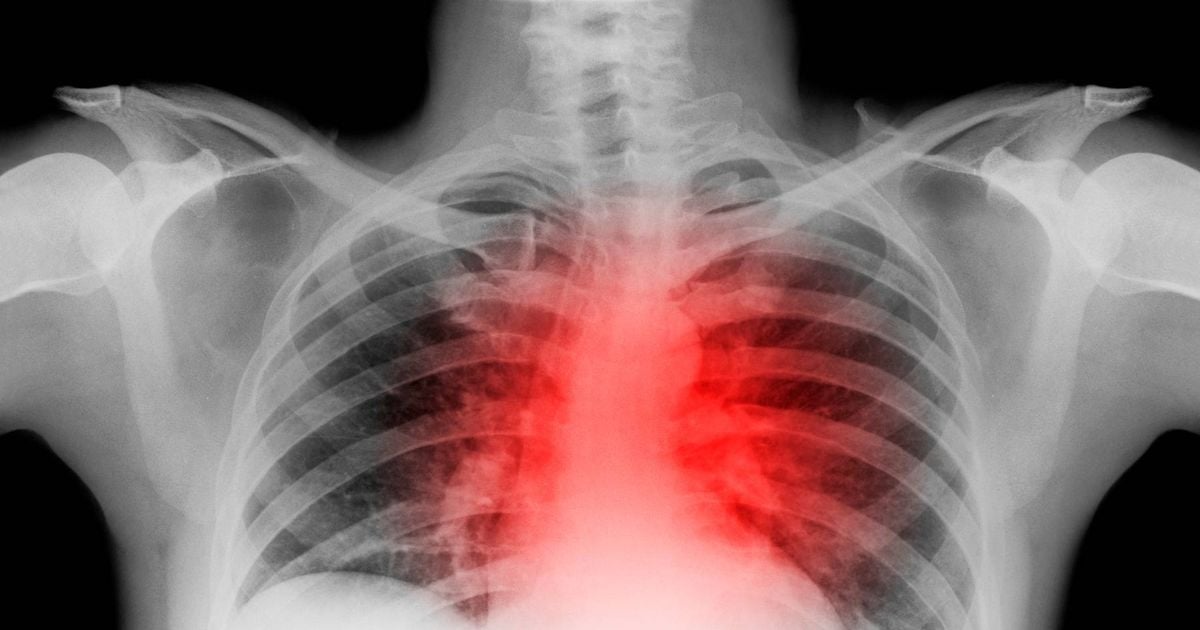Heart attack symptoms women often 'overlook' - 8 signs that can be fatal if ignored
When it comes to heart attacks, severe chest pain and breathlessness are often seen as the key symptoms - but the reality can be quite different, especially for women

A retired doctor is raising awareness of the different symptoms people might experience when having a heart attack - particularly women.
While severe chest pain and breathlessness are often associated with heart attacks, one doctor has warned that the reality can be quite different
Dr Lawrence Cunningham, a retired GP at UK Care Guide, has highlighted that the idea of heart attack symptoms we are so familiar with can be quite deceiving.
READ MORE: Cutting out this one food after you turn 40 could help lower your cholesterol
READ MORE: Pharmacist warns people are making 'dangerous mistakes' with popular supplements
Speaking to The Express, Dr Cunningham warned that women are more apt to display subtler signs of a heart attack, which can easily go unnoticed or be dismissed.
For example, some patients have even confused an attack for mere stress or indigestion. Dr Cunningham revealed that often ladies may not detect the real threat behind symptoms such as nausea, tiredness, or a bit of panting. "In my experience, women often do tend to overlook or misinterpret heart attack symptoms," he said.
He elaborated that the stereotypical image of heart attacks showing sudden, severe pain in the chest might be more applicable to men whereas women frequently encounter less pronounced symptoms that could mimic less serious conditions.
Adding another layer to the issue, Dr Cunningham said: "Cultural and psychological factors also play a role; women might be more inclined to prioritise others' needs over their own health, delaying seeking help."
A 2019 report by the British Heart Foundation (BHF) threw light upon the stark treatment differences when it comes to heart attacks across genders. According to the findings, women had a 50% higher chance of an incorrect diagnosis during a heart attack than men.
The BHF report emphasised the alarming result of misdiagnosis, saying that "both men and women who are initially misdiagnosed have a 70% higher risk of dying".
Results also indicated that risk factors for heart disease, which is the top cause of heart attacks, are more lethal in women. Particularly alarmingly, high blood pressure is said to hike a woman's risk of suffering a heart attack by 80% more than it does for men.
Tragically, this grim picture was painted last year when an expert session at the European Society of Cardiology revealed women have double the chance of dying post-heart attack compared to men.
At the event, Dr Mariana Martinho from Hospital Garcia de Orta in Portugal said: "The findings are another reminder of the need for greater awareness of the risks of heart disease in women. More research is required to understand why there is gender disparity in prognosis after myocardial infarction so that steps can be taken to close the gap in outcomes."
The HSE's full list of potential heart attack symptoms
- chest pain – a sensation of pressure, tightness or squeezing in the centre of your chest
- pain in other parts of the body – it can feel as if the pain is travelling from your chest to your arms, jaw, neck, back and belly. Usually the left arm is affected but it can affect both arms.
- feeling lightheaded or dizzy
- sweating
- shortness of breath
- feeling sick (nausea) or being sick (vomiting)
- an overwhelming sense of anxiety (like having a panic attack)
- coughing or wheezing


































